Embarking on a home renovation is a big step, so it certainly pays off to go in prepared! Here are twelve key interior design terms you should know before you kick off your renovation.
Open-concept

Design by Fuse Concept
Also known as “open-space,” open-concept design is characterised by airy, interconnected areas with minimal walls. You’ll often see it in newer homes and most frequently kitchens and dining areas, which likely connect to the living room. You may also come across “semi-open” rooms, which are separated from each other with folding glass doors or clear windows.
Open-concept design has grown increasingly popular due to its ability to brighten up and visually expand small interiors, particularly in condos and tiny HDB flats.
Monochromatic

Design by Notion of W
A monochromatic colour palette consists of a combination of hues that belong to the same colour family. While this could refer to interiors that are entirely blue, red or green, it usually signifies homes that are entirely black and white. This is a really popular colour palette in Singapore, as it’s a safe choice that always looks classy and timeless.
Modular
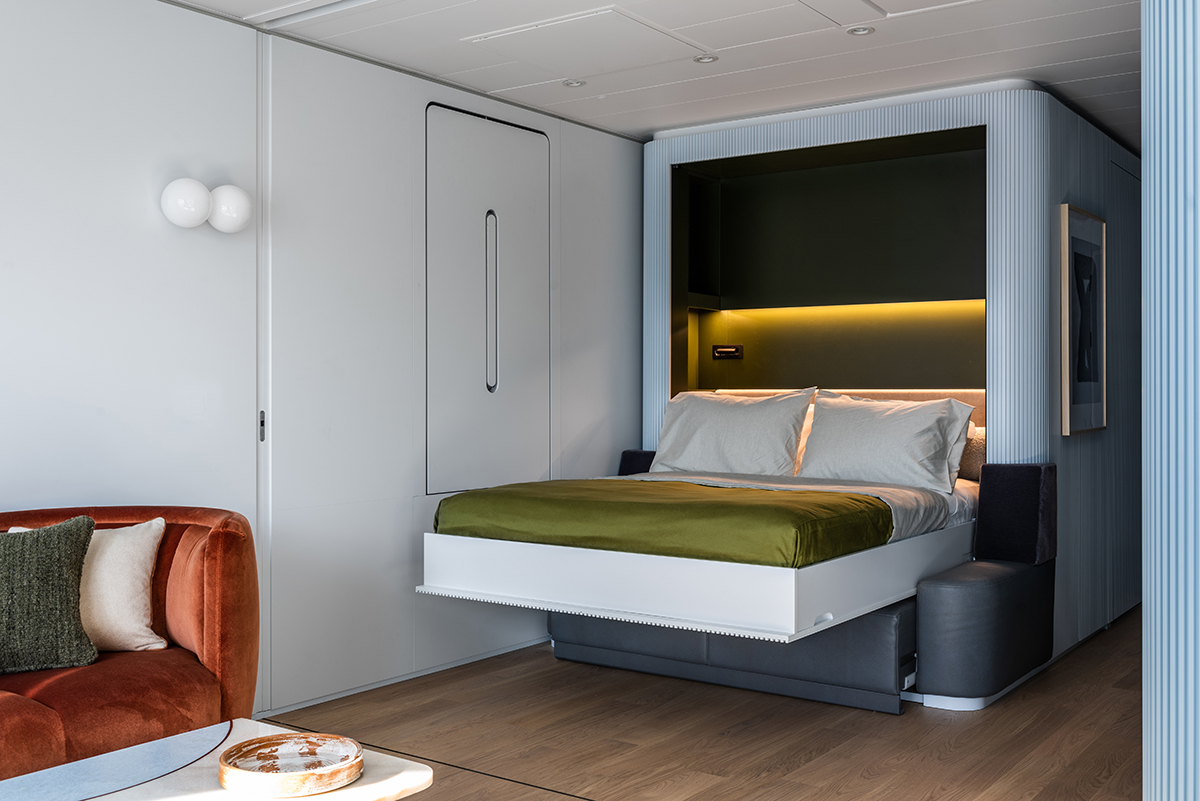
Design by MKCA
You’ve probably encountered the word “modular” here and there while furniture shopping. When a piece of furniture is modular, it can be customised to fit different requirements. For instance, a modular sofa may have a backrest that can be raised and lowered. A modular bed could transform into a desk or dining table during the day.
Furniture is not the only thing that can be modular, either. Modular kitchen units, for instance, can be combined to suit your unique kitchen layout to a T, making them very convenient.
Shaker
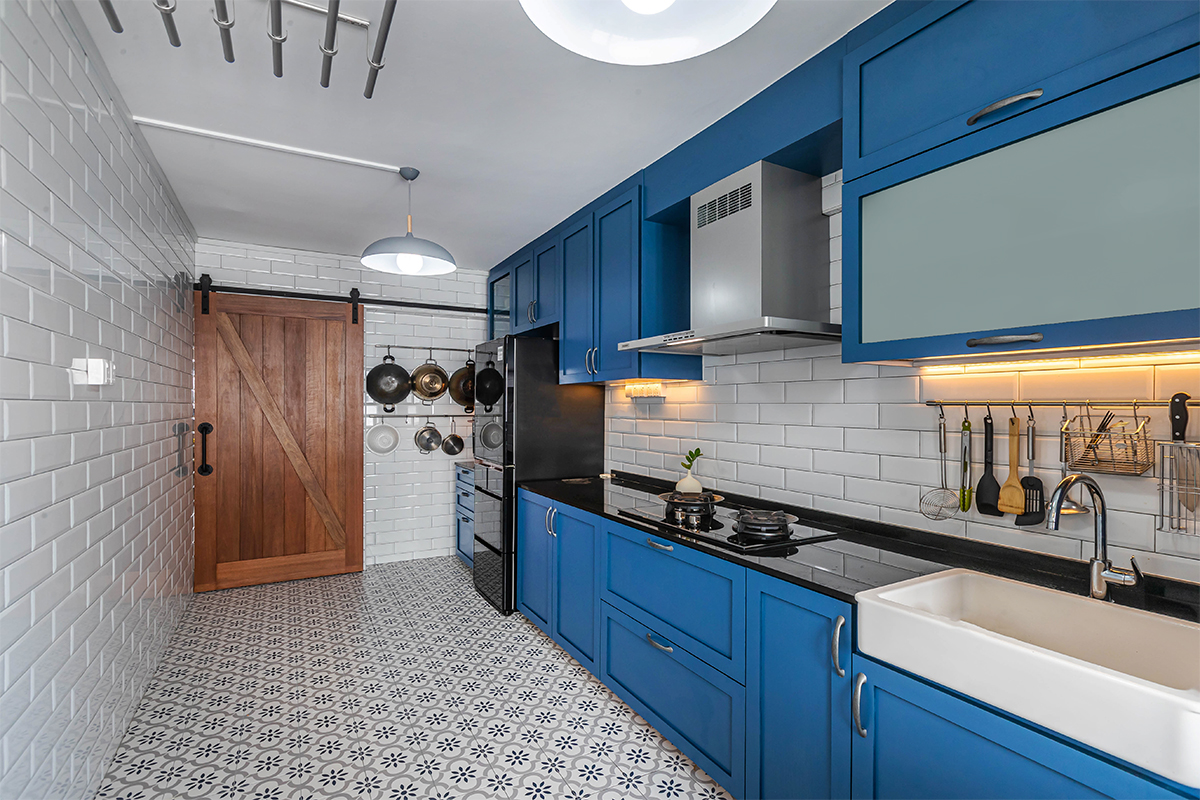
Design by Renozone
When the time comes to choose your cabinets, you’ll face a lot of options. One of them is shaker doors. These doors are the opposite of modern, smooth panels with a flat surface. Instead, they boast an indented centre with an elevated frame, which gives them a decidedly retro look with lots of character.
Fluted
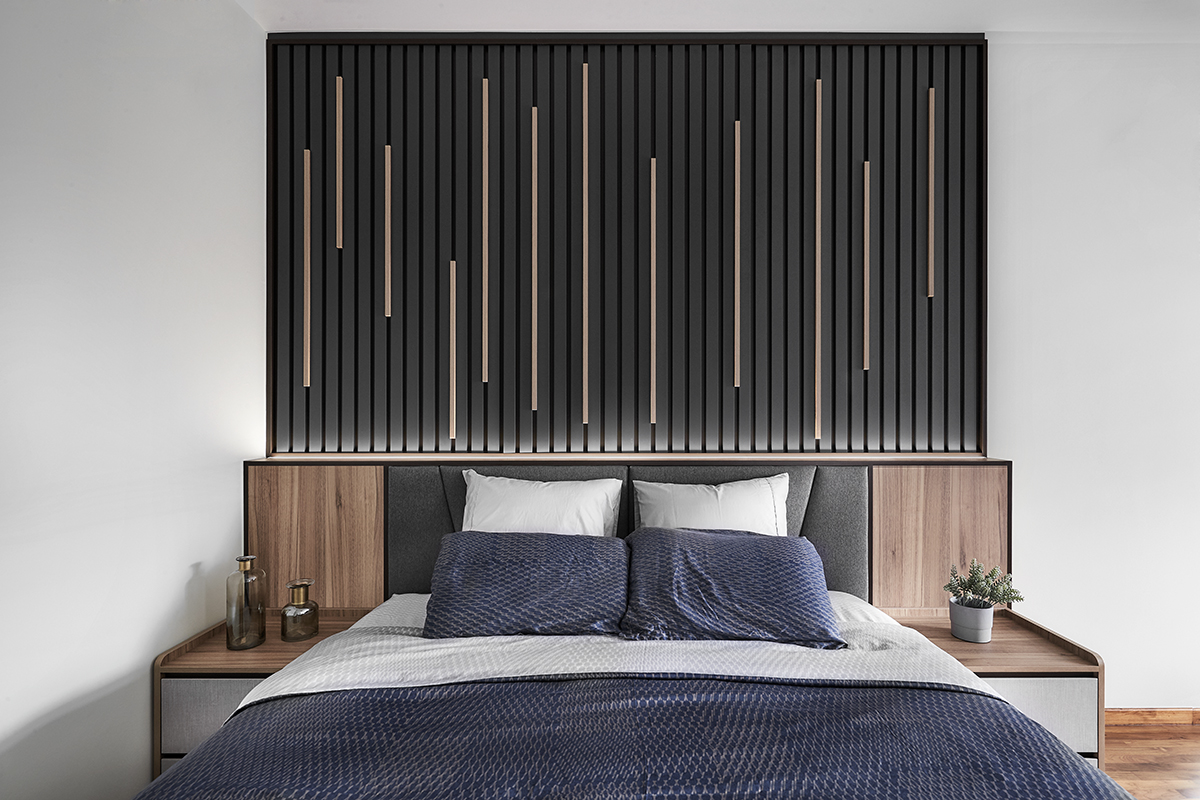
Design by Richfield Integrated
Fluted surfaces have been all the rage lately. They’re essentially panels with a vertical, grooved design. You can find these panels on headboards, across cabinets and on feature walls. While they’re not the easiest to clean due to the narrow grooves, they always look effortlessly luxurious.
Fittings
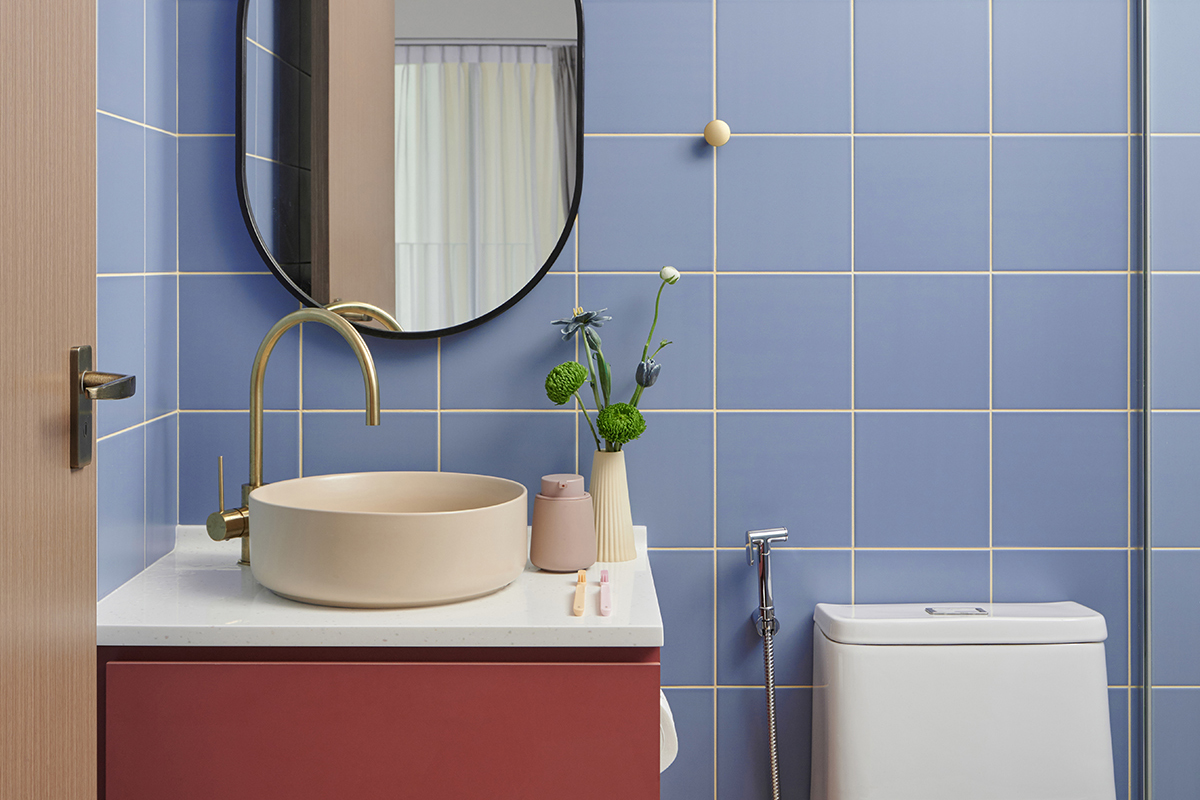
Design by Studio FortyFour
Fittings (also known as fixtures) are all of the pieces that are fixed into a home but still remain removable. This includes sinks, faucets, ovens, shelves, showerheads and anything else that’s firmly attached to the walls, floors and ceilings. While cabinets and wardrobes are sometimes called fittings as well, they are more commonly known as built-ins.
Backsplash
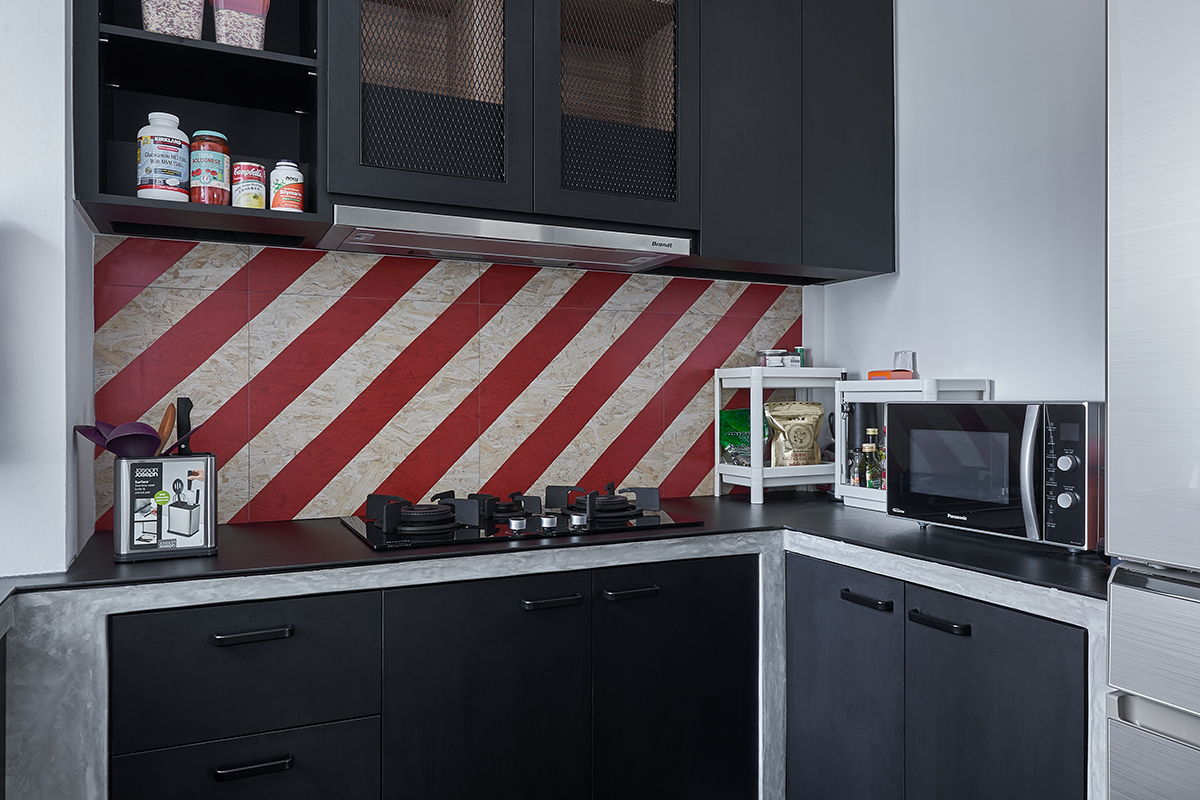
Design by Ju Design Studio
The kitchen backsplash is the stretch of wall between the hob and the upper cabinets and/or cooker hood. It’s usually tiled or made of a non-porous, waterproof material and often sports a different design from the rest of the wall, making it the focal point of the kitchen. Its use is to catch all of the splashes that are so common during cooking—hence its name!
Laminate

Design by Cozyspace
Laminates are thick, sturdy panels made of multiple layers of composite materials. Cabinet doors and shelves are commonly made of laminates. They’re popular due to their fairly low cost and their versatility, being available in all imaginable shades and textures.
Wainscoting
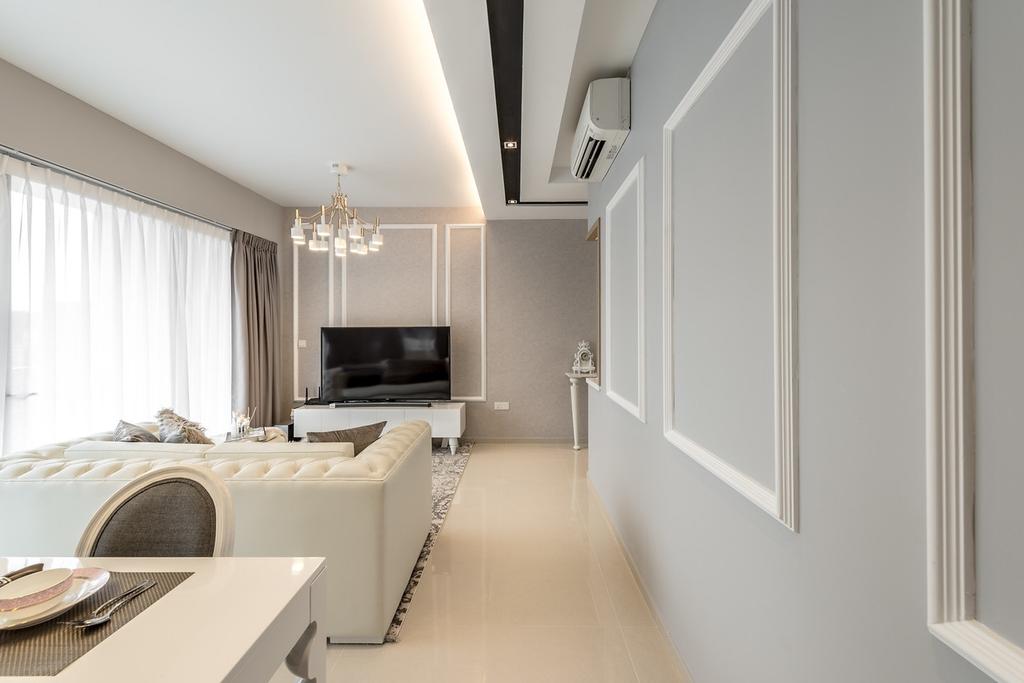
Design by Mr Shopper Studio
If you like ornamental design and classic interiors, wainscoting may be just the thing for you. It consists of a series of embossed or debossed shapes on the walls, usually squares or rectangles, often with textured edges. While wainscoting is especially common in white and light-coloured homes, it’s possible across all shades and hues.
Anti-slip rating

Design by Elicyon
Shopping for flooring is a pretty complicated matter. When it comes to tiles, one thing to consider is the anti-slip rating, which most reputable tile shops will indicate. This rating usually lies between R9 and R13, with R9 being glossy and very slippery and R13 being rough and non-slip.
Each tile’s rating determines where you should apply it in the home. For instance, super slippery R9 tiles shouldn’t go in the bathroom, while very coarse R13 tiles should be reserved for the outdoors.
LRV
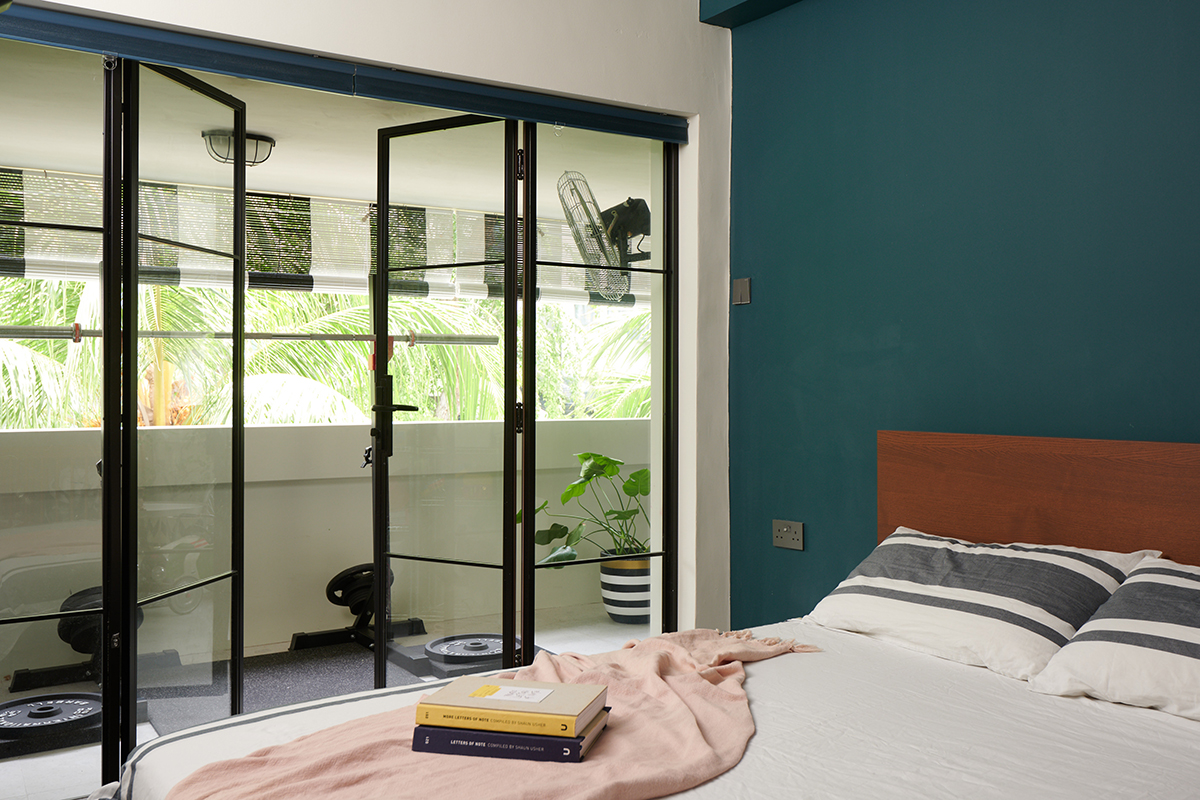
Design by EightyTwo
LRV—or light reflectance value—tells you at a glance how reflective a certain paint colour is. A wall painted with absolute black will have an LRV of 0 (reflecting no light), while a pure white wall will be classified with an LRV of 100.
Checking the light reflectance value of the paint colour you’re picking will give you an idea of how bright your home will end up being, of course depending on how much natural light enters the space in the first place.
Chevron + herringbone
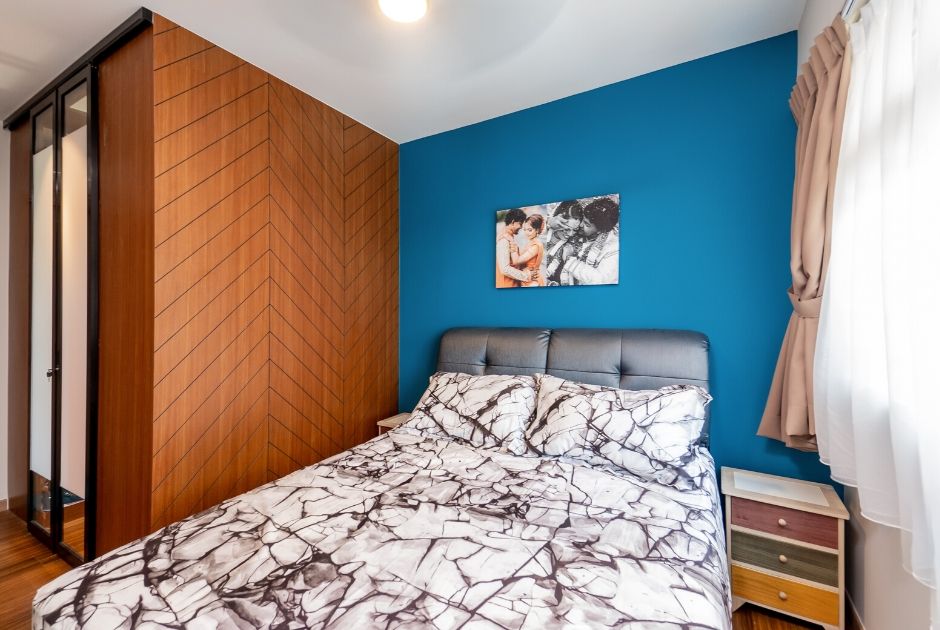
Design by Cozyspace
Chevron and herringbone are two patterns commonly found on wood textures, but also across other materials. They look similar at first glance, both made up of arrow-like formations pointing in one direction. But if you take a closer look, you’ll spot some differences.
Chevron is a simple pattern, made by precisely lining up all of the edges at the bottom of each arrow. This gives it a seamless and continuous look.
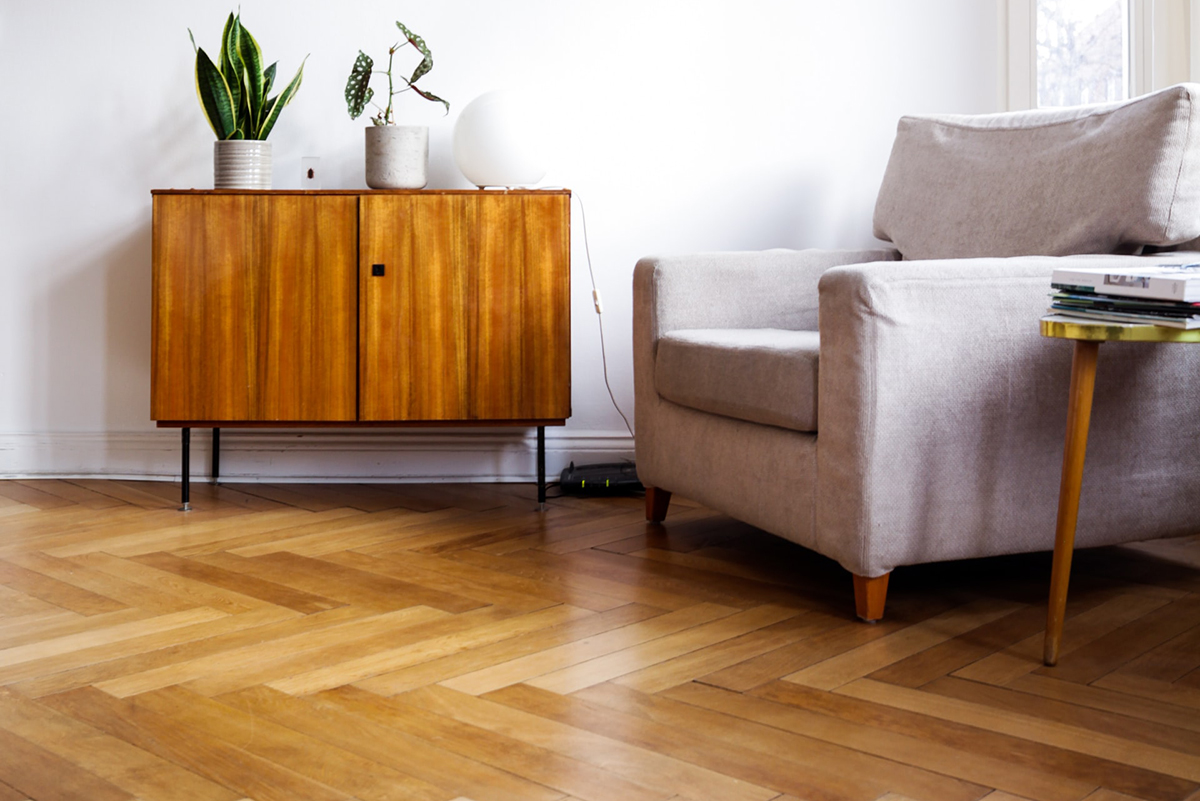
Image courtesy of Beazy/Unsplash
Herringbone, on the other hand, is much more disjointed. Instead of solid arrows that connect on each side, the herringbone pattern is made of single slats that connect like puzzle pieces at both the top and the bottom.
Need more renovation tips? Find out how to read your BTO floorplan and check out our budgeting guide.
Opening image courtesy of Fuse Concept.



